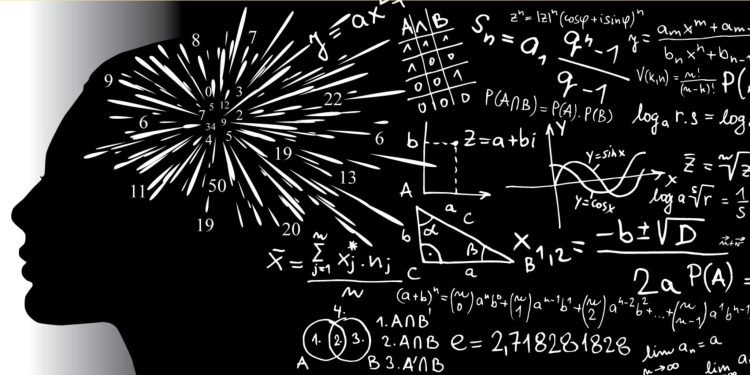x*x*x Is Equal To 2 is currently becoming quite viral on the internet. The reason for this is that some traffic analysis tools are showing very high traffic on this keyword. By using this keyword, traffic analysis tools show a lot of traffic on the website.
Meaning of x*x*x Is Equal To 2 in the field of mathematics
In the realm of mathematics, the expression x * x * x holds a special place, as it represents the operation of raising a number to the third power. This operation is commonly referred to as cubing, and it is fundamental in various mathematical and scientific contexts. In this article, we will delve into the intricacies of x * x * x, exploring its significance, properties, and practical applications.
Understanding the Notation: Before we dive into the mathematical details, it is important to clarify the notation used in the expression x * x * x. The letter ‘x’ here is a variable, which can take on any real or complex value. When we write x * x * x, it signifies that we are multiplying the value of x by itself three times. In other words, it is equivalent to x raised to the power of 3, which is often expressed as x^3.
Properties of x * x * x Equal To
- Cubing as Repeated Multiplication: x * x * x, or x^3, can be thought of as the result of multiplying x by itself three times. This is a special case of exponentiation, where x is the base and 3 is the exponent.
- Even and Odd Functions: x^3 is an odd function. This means that if you replace x with -x in the expression, the result will be the negative of the original value. In mathematical terms, f(x) = x^3 implies that f(-x) = -x^3.
- Symmetry: The graph of the function f(x) = x^3 is symmetric with respect to the origin (0,0). This symmetry means that if you fold the graph along the y-axis, the two sides will coincide.
- Behavior as x Approaches Infinity: As x becomes increasingly large (positive or negative), the value of x^3 also approaches positive or negative infinity, depending on the sign of x. Mathematically, lim (x → ±∞) x^3 = ±∞.
- Behavior at the Origin: At the origin (x = 0), x^3 equals 0. This is a crucial point for understanding the behavior of the function near the x-axis.
Practical Applications: The mathematical concept of x * x * x Equal To, has numerous practical applications in various fields:
- Geometry and Volume: In geometry, the volume of a cube is given by V = a^3, where ‘a’ represents the length of one side of the cube. This formula is derived from cubing the length of one side.
- Engineering: Engineers often use cubic equations to model physical systems. For example, Hooke’s law, which describes the behavior of springs, can be expressed as F = kx^3, where F is the force, k is the spring constant, and x is the displacement.
- Physics: The expression x^3 appears in various physics equations. For instance, Newton’s law of universal gravitation involves the cube of the distance between two objects, represented as F = G(m1 * m2) / r^3, where F is the gravitational force, G is the gravitational constant, m1 and m2 are the masses of the objects, and r is the distance between them cubed.
- Calculus: Cubing is also relevant in calculus, particularly in the context of finding derivatives and integrals of functions. Understanding the behavior of x^3 is essential for solving many calculus problems.
Conclusion: In summary, the expression x * x * x Equal To , represents the operation of cubing a variable ‘x,’ resulting in a value that is the product of ‘x’ with itself three times. This mathematical concept has diverse applications in geometry, engineering, physics, and calculus. Understanding the properties and significance of x^3 is fundamental for anyone involved in these fields and provides a deeper insight into the power of cubing in mathematics.













